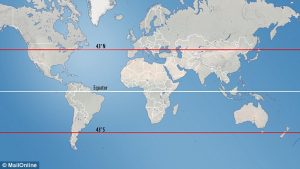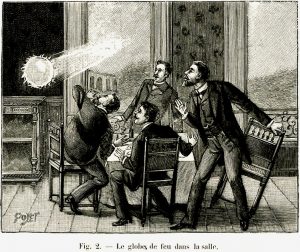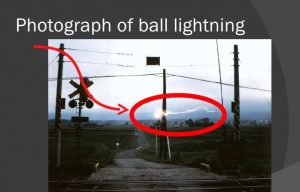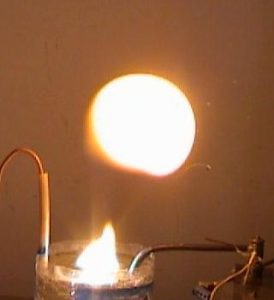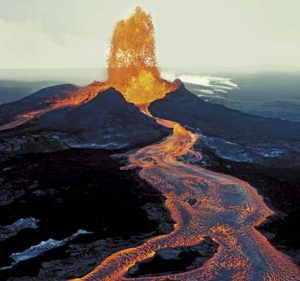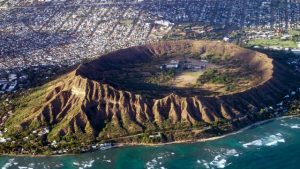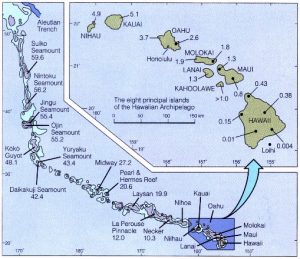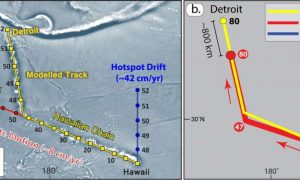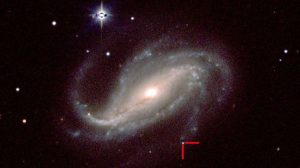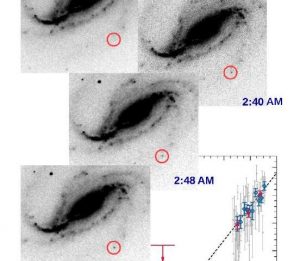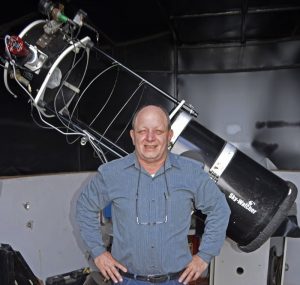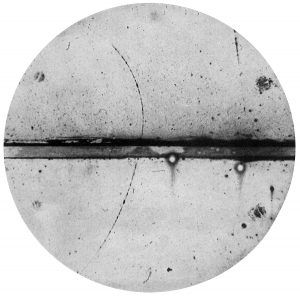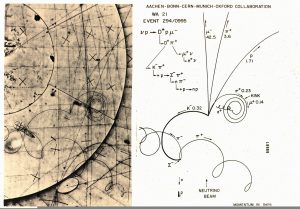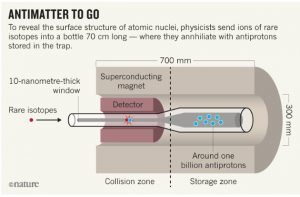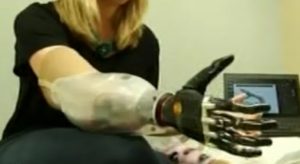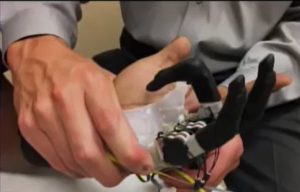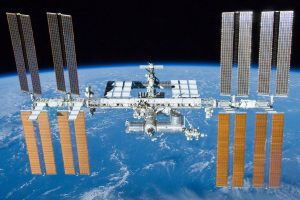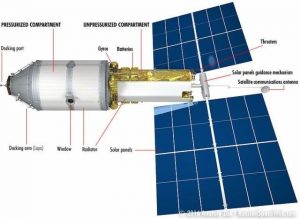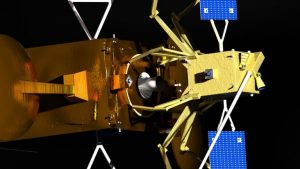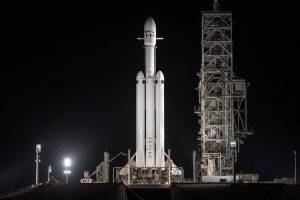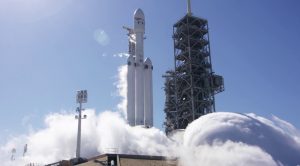Over the last several weeks it’s been next to impossible to avoid all of the news stories telling you about how China’s first space station the Tiangong-1 is out of control and will come crashing back to Earth any day now. The headlines grab you by announcing the crash is bold letters while the small print inside reveals that there’s a one in ten billion, or less, chance that anything will actually hit you.
The Tiangong-1 station, Tiangong means ‘Heavenly Palace’ in Chinese, was launched by China in 2011 as both a target for practicing rendezvous maneuvers in space as well as some extra living space for the crews of their Shenzhou manned spacecraft. The design of the Tiangong-1 station is based upon the design of the Shenzhou but with a slightly larger habitable section giving it a slightly greater mass (8500kg versus 7840kg for the Shenzhou). The image below compares the Tiangong and Shenzhou.
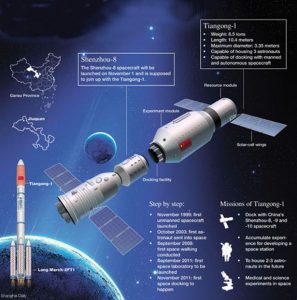
Tiangong-1 space station and the Shenzhou-8 spacecraft. (Credit: The Daily Mirror)
Like the United States’ Skylab and Russia’s Salyut early space stations the Tiangong-1 was launched into space unmanned and in one piece and then visited several times by manned spacecraft. The Shenzhou-9 mission rendezvoused with the Tiangong-1 in June of 2012 with a crew of three and stayed for ten days while the Shenzhou-10 mission, also with a crew of three, visited the Tiangong in June of 2013.
In both of these missions China’s growing space program demonstrated the ability to carryout the routine operations necessary for more complicated space missions in the future whether that be building a modular space station or even missions to deep space. The image below shows the launch of the Shenzhou-9 mission on its Long March 2F rocket.

After the two successful missions to Tiangong-1 China launched the Tiangong-2 station as a replacement for Tiangong-1 and the first station was then placed into a sleep mode. The plan was to maintain Tiangong-1 in orbit as a test platform for the longevity of both components and systems in a space environment before the station was brought back to Earth in a controlled reentry into an ocean.
Apparently that test didn’t go so well because on 21Mar2016 China’s Space Engineering Office announced that they had lost their radio telemetry link with the station. Amateur satellite watchers soon confirmed that the Tiangong station was tumbling out of control. Notice how China never actually admitted that the station was out of control.
It wasn’t long before scientists were calculating that the Tiangong-1 would be making an uncontrolled reentry back to Earth sometime in either March or April of 2018. That estimate has since been fine-tuned down to between 29Mar and 9April of this year.
So here we are, all of the news stories loudly telling us that Tiangong-1 is falling out of control, is there any real danger? Well first of all let me tell you that most of the station will burn up during reentry, only a few hundred kilograms of material are expected to survive to reach the ground. Also remember that the Earth’s surface is 70% ocean so Tiangong will probably sink without a trace.
Then, even if Tiangong does hit dry land there are literally millions of square kilometers of emptiness out there so the odds of anyone being hurt are less than ten billion to one. In fact when the much larger and heavier US Skylab station also fell to Earth in an uncontrolled reentry back in 1979 pieces of it fell near the city of Perth Australia but no one was injured in any way. A few people did get some really neat pieces of space debris however as souvenirs.
Finally, the orbit of Tiangong is tilted at an angle of 42.8º to the equator. That means that Tiangong never goes further north than 42.8º of Latitude nor further south than 42.8º. If you live outside of that band you have absolutely nothing to fear. See the image below to know if you should be worried. I live in Philadelphia at a latitude of 40º but I ain’t gonna fret!
